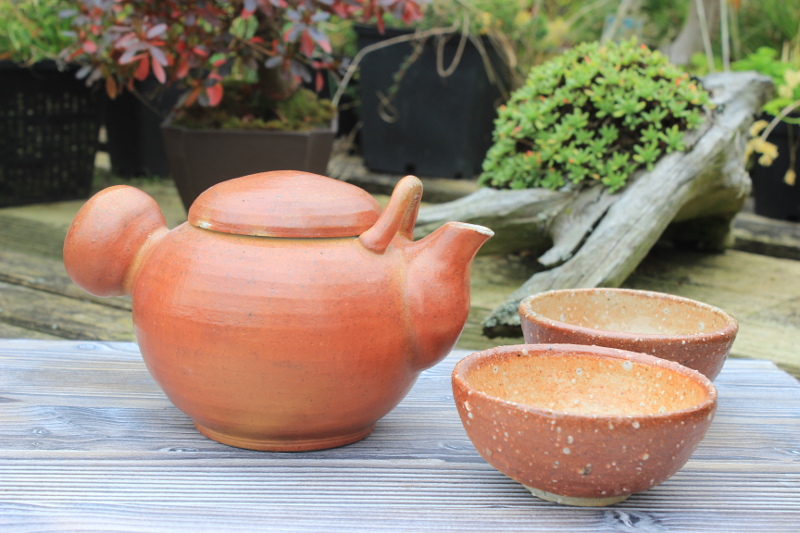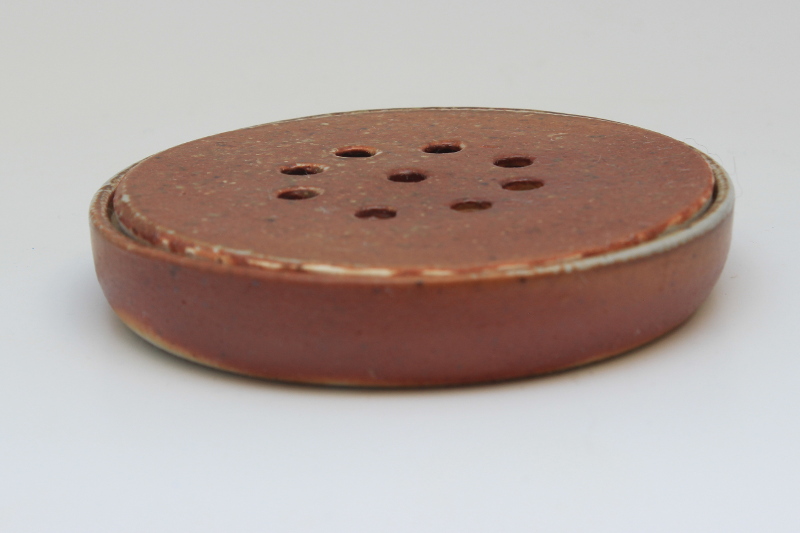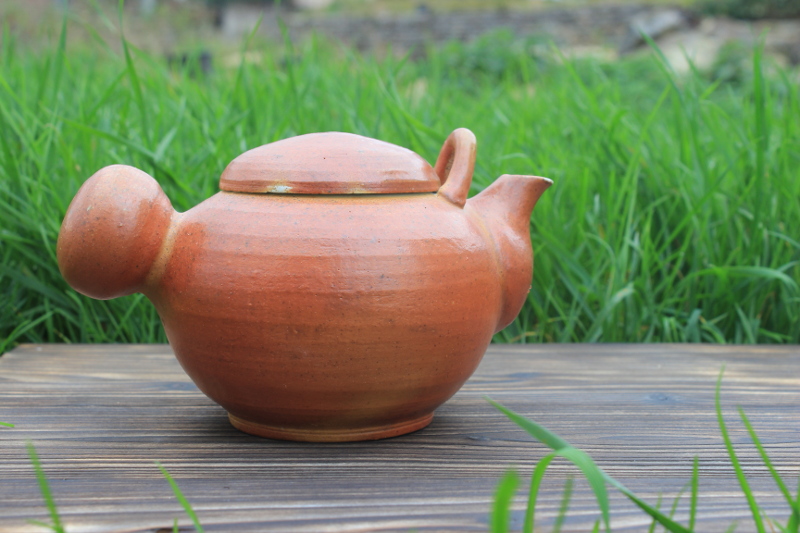Tea Sets
 In our daily life, we sometimes are facing the challenge to combine and harmonize several ceramic and non-ceramic elements. For me, the idea of Wabisabi also persists when combining several elements. Tea and tea pot are building an unit, but also the cup, the tablet and other pieces must fit into the overall picture. This is difficult for mass-ware because nobody is performing the effort of consideration. The beauty and uniqueness of handmade ceramic with all its expression and design possibilities leads to an intrinsic standardization by the reduction to the essential (Wabisabi). It is much easier to combine different ceramic elements.My tea ceramic can in principle be structured in 3 categories: Big tea pots for long-steeping tea and large water volumes can be combined with big tea cups. A drip-support for the tea leaves and a sugar container should not miss. Eventually a little flower vase is added to complete the tea set. Depending on the tea pot color please serve on a wooden or slate tablet.
In our daily life, we sometimes are facing the challenge to combine and harmonize several ceramic and non-ceramic elements. For me, the idea of Wabisabi also persists when combining several elements. Tea and tea pot are building an unit, but also the cup, the tablet and other pieces must fit into the overall picture. This is difficult for mass-ware because nobody is performing the effort of consideration. The beauty and uniqueness of handmade ceramic with all its expression and design possibilities leads to an intrinsic standardization by the reduction to the essential (Wabisabi). It is much easier to combine different ceramic elements.My tea ceramic can in principle be structured in 3 categories: Big tea pots for long-steeping tea and large water volumes can be combined with big tea cups. A drip-support for the tea leaves and a sugar container should not miss. Eventually a little flower vase is added to complete the tea set. Depending on the tea pot color please serve on a wooden or slate tablet.
For Japanese and Chinese tea pots please use small cups or tea bowls. Two cups should normally hold the full content of the pot. An additional cup or bowl is used to store the tea pot between re-fillings, snout down to stop the brewing process. The tea leaves stay in the pot, sugar is not necessary. If you brew tea often, a container for the used tea leaves might be a good idea. Due to the Zen aspect of Japanese and Chinese tea preparation, a simple tablet is a must. The attention must be fully at the tea and the ceramic. If you are a perfectionist, you can also consider the tea color (but you might need several tea pots then).
Porcelain tea pots (Chinese) should be combined with tea bowls. It is of utmost importance to preserve the nature of porcelain.

Beside the tea pot and cups it requires some accessories to make the tea pleasure perfect.

For Japanese tea preparation pots with a sideward handle, Hohins or Shiboridashis are used.

Which tea is used for the different types of tea pots?